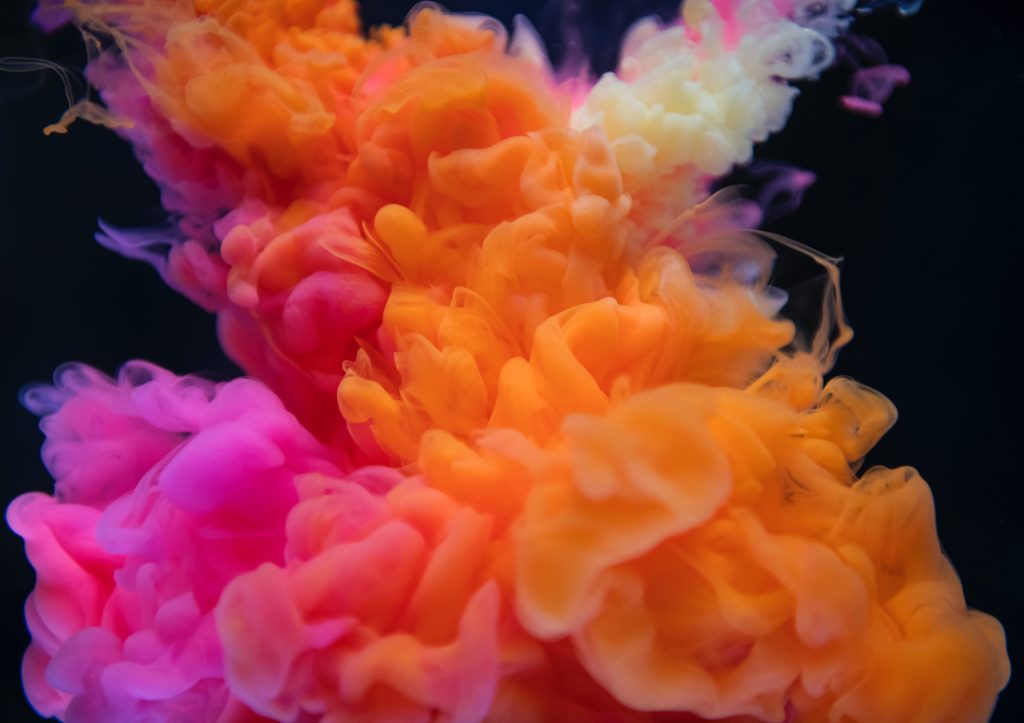This post is also available in Dutch.
Science doesn’t appear to be a very creative enterprise. After all, scientists appear to be “hardcore,” use strict methodologies, and try not to leave much to chance. But, perhaps surprisingly, creativity is necessary for good science.
1. Coming up with a research question
This is clearly a creative endeavor. It requires scientists to synthesize ideas until they crystallize into the research question. For instance, I’m interested in how we perceive the world visually, but that’s a very broad topic. In order to discover something specific, I try to come up with specific questions that I can investigate. One such question is, “How does brain activity differ when we see something unexpected compared to when it is expected?”
2. Designing an experiment
Also clearly a creative enterprise. Once the research question — the main driving force — is clear, researchers need to come up with a way to phrase it in an answerable way and then acquire meaningful answers. To that end, they try to come up with a clever experimental design.
3. Setting up the experiment
Once scientists have their cunning experimental design, they need to bring it to fruition by programming it or otherwise setting up the experiment. This often feels like drudgery, trying to solve small, practical issues (e.g., “Why isn’t my code working?”), but, in fact, it is problem-solving, and problem-solving requires creativity.
4. Collecting data
This is perhaps the least creative part of all, but creative elements are present here as well. For neuroscientists like myself, when participants cancel their participation last-minute, we need to quickly adapt and look for somebody else. Or when the scanner isn’t working, we need to apply our creativity to figure out what’s wrong. These are not the most pleasant applications of creativity, but they are useful for sure.
5.Analyzing data
Data analysis requires a whole other type of creativity. Researchers need to perform many analysis steps such as program the analysis scripts, analyze the data, interpret the results, and possibly choose what follow-up analyses to do. While it is certainly helpful to make science more error-free by automatizing analysis steps, science is still a human enterprise. Someone needs to interpret the findings, and that’s a good thing because scientists can make links between previously unconnected topics, leading to leaps in knowledge. This is scientific creativity at its finest.
6. Making figures
For this, researchers need visual creativity in order to make their findings as visually striking and clear as possible. Also, this is the time to play with pretty colors, which is always fun!
7. Writing a paper (or making a poster or preparing a presentation)
At this stage, scientists can employ their storytelling abilities and tell readers (or listeners) the whole story: how it started out, what they wanted to know, what they did, what they learned from the experiment, and why that matters. In a paper, the authors get to explain all the fascinating findings and all the frustrating details. Most importantly, they get to connect the dots and share why this work is exciting.
Scientific creativity
Perhaps surprisingly, creativity is an integral part of science. Researchers try to be maximally objective and to minimize the influence of uncertain factors. Creativity is one such uncertain factor: it sometimes strikes, and other times it doesn’t. But researchers need it to solve problems, do good science, and interpret results. As scientists, our job is to translate our findings into words as accurately but also as understandably as we can. This is what I call ‘scientific creativity.’
Written by Marisha. Edited by Mahur.
Featured image: Photo by rawpixel.com from Pexels
